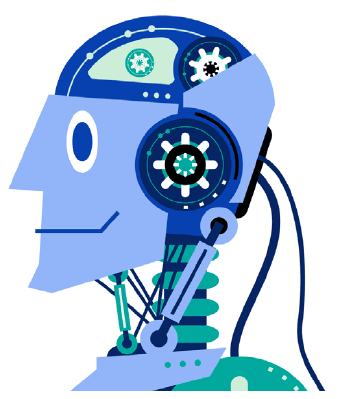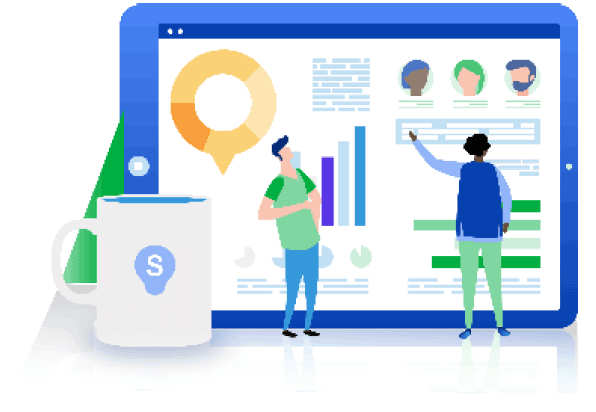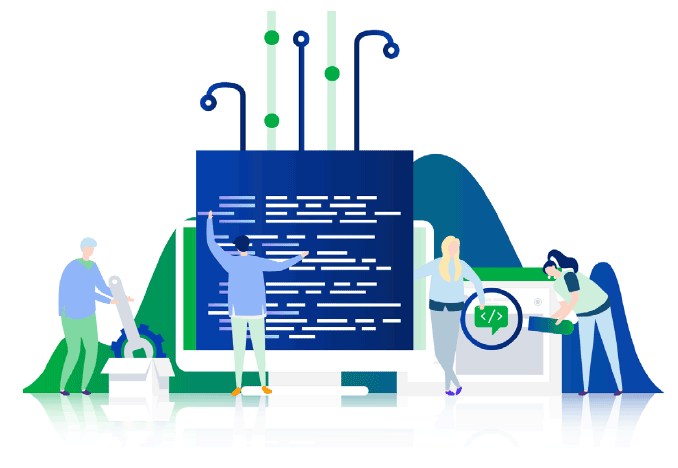Continue Reading
5 Must Haves for an Applicant Tracking System in 2020
1. Decrease time-to-hire with Candidate Relationship Management

With job openings at a record high and unemployment at a record low, the competition for talent is more fierce than ever. To hire the best, companies need to stand out by having first access to qualified candidates, and establishing a strong employer brand that resonates. Candidate Relationship Management (CRM) solutions allow recruiters to develop pools of qualified prospects and nurture relationships ahead of future openings. CRM solutions built within the same platform as an ATS, as opposed to a bolt-on solution, will further position businesses for hiring success by delivering a seamless data flow that leads to universal candidate profiles, as well as regulatory compliance in a scalable way.
2. Improve decision-making and candidate engagement with Artificial Intelligence

“Gut feel” prediction of whether a candidate is well-matched for a role is no longer sufficient. Candidates with impressive pedigrees do not necessarily make great employees, and assessment tools struggle to test for important traits like work ethic, reliability, and ability to work well under pressure.
Artificial intelligence (AI) solutions native to an ATS can offer deep insights into a candidate’s skills and fit by analyzing data quickly while reducing bias. It finds the best matches and also improves the diversity hires, delivering better long-term ROI. An AI solution can also drive employee retention by helping recruiters discover internal candidates capable of moving between fields with comparable skills to promote mobility within the business.
3. Accomplish more in less time with Automation

Recruiters are constantly pressured to fill more roles at a faster, more cost-efficient rate. What helps to set a solution apart is the ability to automate multiple steps of the recruiting workflow, such as programmatic job advertising, drip campaigns, and interview scheduling. These capabilities allow recruiters to increase reach of job postings targeted at the right candidates, nurture talent pools, and increase productivity.
Automating these processes will not only make it faster and easier for businesses to build and convert their talent pipeline within one system, but empower recruiters to transform the existing way of “tracking” candidates through repetitive steps.
4. Collaborate and communicate more efficiently with intuitive UX

Recruiting has always been a team sport, where recruiters, interviewers, and hiring managers must work in tandem to attract, select, and hire the best in a timely manner. But there’s often a disconnect – members on the hiring team are misaligned on the approach and using different systems, with time wasted on relaying information and collecting feedback.
Any recruiting platform should be intuitive, easy-to-use, and facilitate efficient communications between all team members, which directly affects engagement and an organization’s time-to-hire. To maximize engagement, a recruiting platform should allow different levels of access so that each member on the hiring team is presented with only information that is relevant to them via a modern and intuitive interface.
5. Embrace customizability by connecting to HRIS and third-party vendors with Open APIs

Growing businesses often require a human resource (HR) management platform to address post-hire needs. In this scenario, an ATS with open APIs that can integrate seamlessly with HR information systems and other productivity tools like email, calendar, and Slack is vital to support a comprehensive and compatible technology stack.
It’s impossible for any technology to satisfy the needs of all user types within a single platform. Newer solutions will inevitably emerge to address different challenges, therefore having open APIs and a large ecosystem of third-party vendor integrations will significantly extend ATS capabilities and, more importantly, the value delivered to its end users.